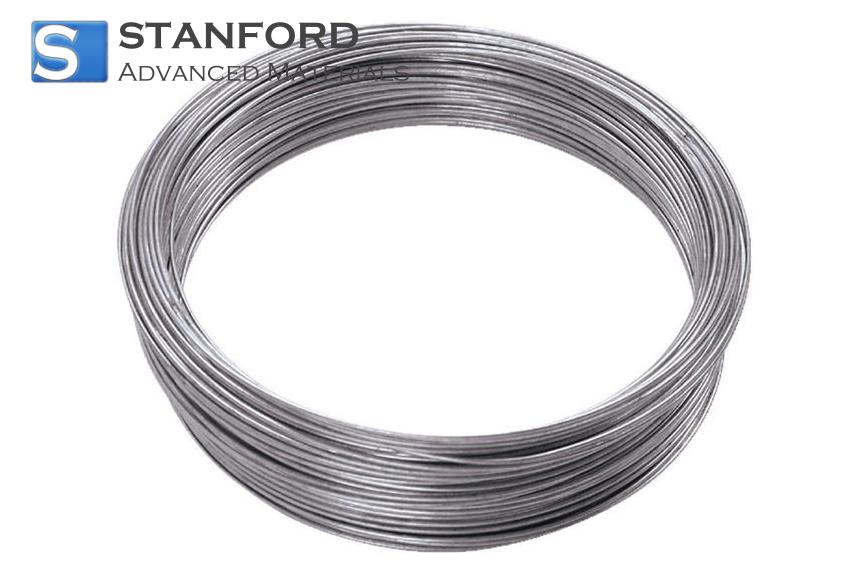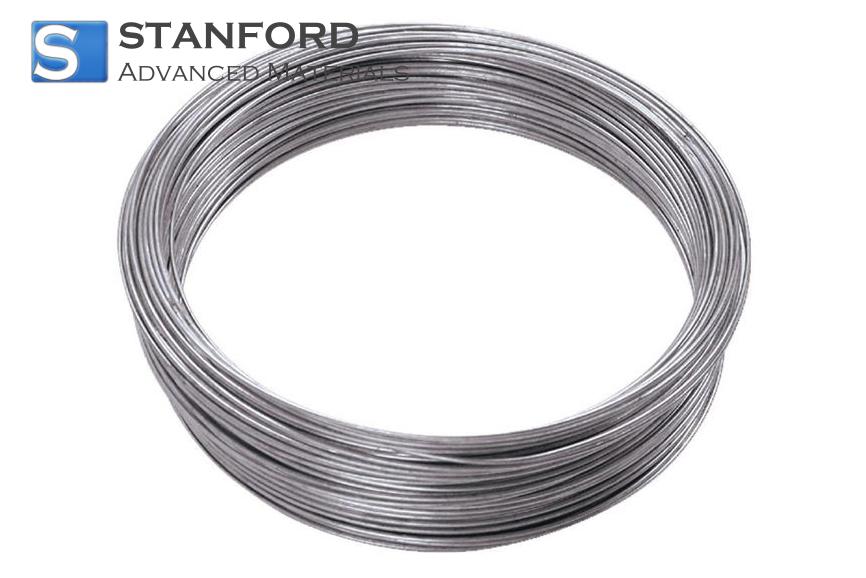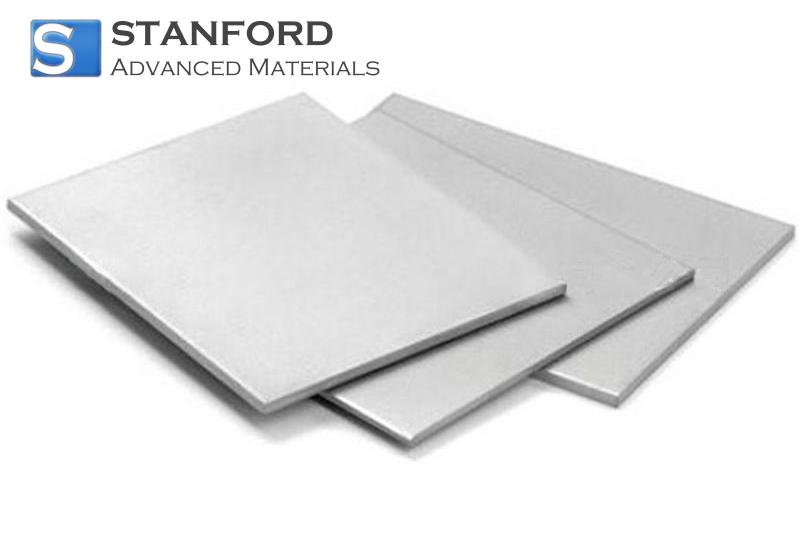High-Thermal-Conductivity Alumina Powder in Electronic Cooling
Introduction
As electronic components become smaller and more powerful, effective heat management has become increasingly important. High-thermal-conductivity (HTC) alumina powder has emerged as an essential material in addressing this challenge. Its optimal balance of electrical insulation and high thermal conductivity makes it suitable for a wide range of electronic cooling applications—from power modules to LEDs.
1. What Is High-Thermal-Conductivity Alumina Powder?
Alumina (Al₂O₃) is a hard, chemically inert, and thermally stable ceramic. HTC alumina powder is engineered to achieve higher thermal conductivity—typically reaching 20–35 W/m·K depending on particle size, purity, and processing. This stands in contrast to standard alumina (approximately 10–15 W/m·K).
Through controlled synthesis methods, such as solid-state reaction or sol-gel processes, HTC alumina powder is produced to achieve high packing density, low porosity, and high-purity microstructures that facilitate effective heat transfer.
2. Why Thermal Conductivity is Important in Electronics
Heat is a significant issue affecting the reliability of electronic equipment. Elevated temperatures can lead to premature failure of components such as semiconductors, capacitors, and LEDs. To prevent this, materials used in heat sinks and packaging must efficiently conduct heat away from sensitive components.
HTC alumina is particularly beneficial as it possesses good thermal conductivity along with excellent electrical insulation (typically >10¹⁴ Ω·cm), allowing for safe use in direct contact with electrical components.
3. Important Properties
|
Property |
Typical Value |
|
Thermal Conductivity |
20–35 W/m·K |
|
Electrical Resistivity |
>10¹⁴ Ω·cm |
|
Density |
~3.9 g/cm³ |
|
Melting Point |
~2050°C |
|
Dielectric Strength |
>10 kV/mm |
|
Chemical Stability |
Inert in most environments |
All of these properties make HTC alumina suitable for applications requiring high thermal performance alongside electrical insulation.
4. Application Areas
a. LED Lighting
HTC alumina powder is used to manufacture ceramic substrates and phosphor converters in LED applications. The powder enhances efficient heat transfer, contributing to brighter and more durable LEDs.
b. Power Electronics
In power modules and IGBTs, HTC alumina ceramics are utilised as baseplates and insulating layers, ensuring thermal balance even under high current and voltage conditions.
c. Thermal Interface Materials (TIMs)
HTC alumina is employed as a filler in greases and thermal pastes. This material enhances the thermal conductivity of these products without compromising electrical insulation, making it ideal for use in CPUs, GPUs, and automotive ECUs.
d. High-Frequency Devices
High-frequency devices generate significant heat within compact packages. HTC alumina substrates provide the required balance of reduced dielectric loss and thermal control, which is crucial for maintaining performance stability.
5. Processing and Forming
HTC alumina powder can be processed using various ceramic forming methods such as tape casting, injection moulding, and sintering. High-performance sintering aids and nano-additives are typically implemented to enhance density and reduce grain boundaries, which in turn can increase thermal conductivity.
For TIMs and composites, the surface treatment of alumina particles (e.g., silanes or coupling agents) improves polymer matrix compatibility and optimises thermal transfer.
6. Future Outlook
With the rising demand for electric vehicles, 5G base stations, and wearable technologies, the demand for HTC materials is set to grow. HTC alumina powder is positioned at the forefront of this trend as a scalable, cost-effective, and high-performance thermal management solution.
Current research is focused on nano-engineered alumina networks and hybrid composites that aim to extend conductivity capabilities beyond 50 W/m·K.
Conclusion
High-thermal-conductivity alumina powder offers an effective balance of heat transfer efficiency and electrical insulation. Its effectiveness and versatility render it essential for the cooling technology of modern electronics. As technologies evolve and thermal requirements grow, HTC alumina will remain a core material in ensuring the safety, reliability, and longevity of electronic devices. For more alumina products, please visit Stanford Advanced Materials (SAM).

 Bars
Bars
 Beads & Spheres
Beads & Spheres
 Bolts & Nuts
Bolts & Nuts
 Crucibles
Crucibles
 Discs
Discs
 Fibers & Fabrics
Fibers & Fabrics
 Films
Films
 Flake
Flake
 Foams
Foams
 Foil
Foil
 Granules
Granules
 Honeycombs
Honeycombs
 Ink
Ink
 Laminate
Laminate
 Lumps
Lumps
 Meshes
Meshes
 Metallised Film
Metallised Film
 Plate
Plate
 Powders
Powders
 Rod
Rod
 Sheets
Sheets
 Single Crystals
Single Crystals
 Sputtering Target
Sputtering Target
 Tubes
Tubes
 Washer
Washer
 Wires
Wires
 Converters & Calculators
Converters & Calculators
 Write for Us
Write for Us



 Chin Trento
Chin Trento



